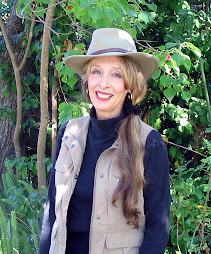As we’ve seen in previous posts, too much clutter in our lives snuffs out the flame, as do the incessant demands of “drama queens,” and conformity, which smothers our spirit. Sadly, today too many companies treat their employees like replaceable parts, valuing profit over persons. Obsessed with the bottom line, they downsize to increase “productivity,” squeezing more work out of a smaller work force, demanding that 40 people do the work of 60. In a desperate drive for innovation, one Silicon Valley corporation has even deprived employees of their offices. Removing all their personal effects—staplers, family photos, and coffee mugs—each day these people must find a new work space. Difficult external conditions can snuff out the flame, make us feel like victims of circumstance, with no control of our lives, not only destroying our creativity but making us doubt our sanity.
Yet as the Buddha realized, although painful conditions arise, suffering is optional. The power of mindful awareness can reignite the flame, transforming oppressive circumstance into liberation, creating new possibilities not only for ourselves but for all beings. Viktor Frankl discovered this power of the mind in a Nazi concentration camp, surviving to inspire millions with his book, Man’s Search for Meaning. Nelson Mandela emerged from 27 years in prison with a vision of the new South Africa, and Aung San Suu Kyi has kept the flame alive for democracy in Burma.
Like Frankl, Mandela, Aung San Suu Kyi, and centuries of other creative men and women, we are each keepers of the flame, the sacred source of our inspiration. Who knows the power and possibilities that lie within you?
Take a moment now to connect with this source. Focusing on your heart, ask yourself:
- What in my life snuffs out the flame? These are situations to avoid or transcend.
- What ignites and strengthens the flame? For many people it is contemplation, beauty, play, time spent in nature.
- Focus on your heart, feeling the flame burn brightly as you visualize what nurtures you.
- Feel this creative energy warm your heart, healing, nurturing, inspiring, flowing through your body and out your fingertips, preparing you to make your own creative contribution to the world.
Namaste,
Diane






